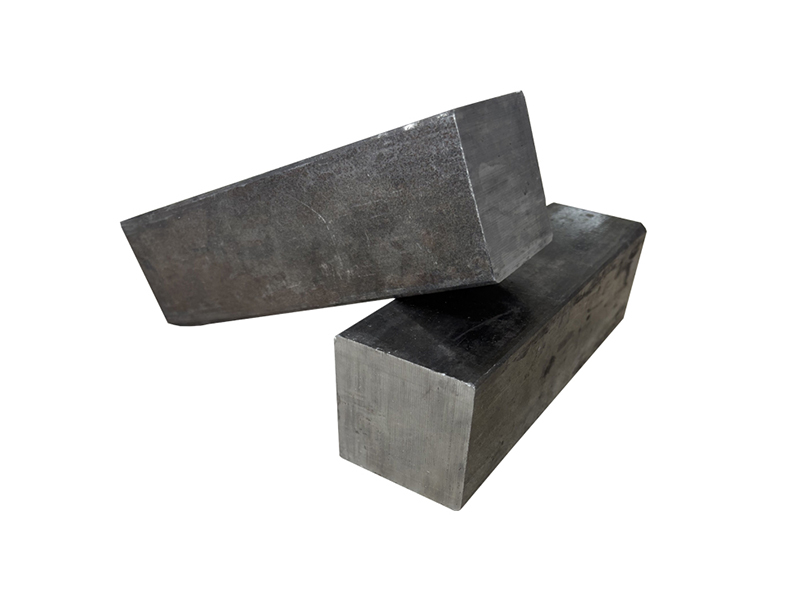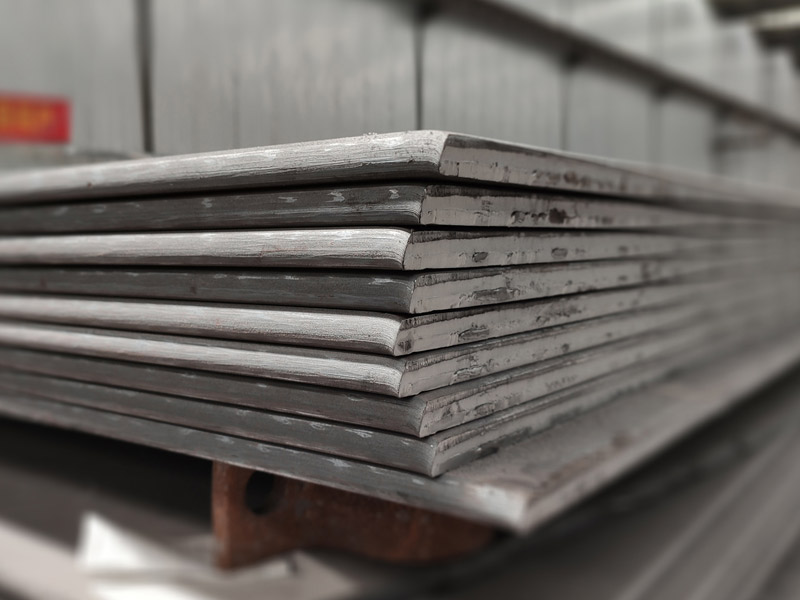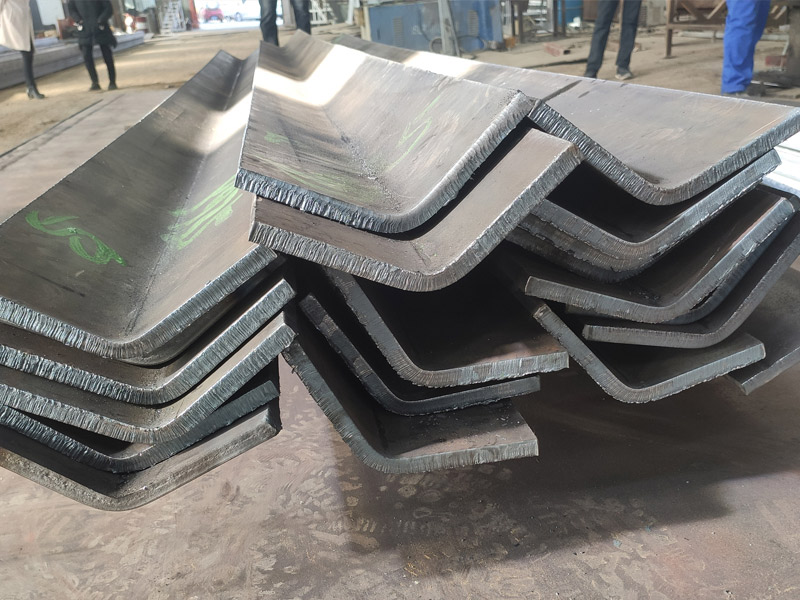H-beams, also known as H-sections or wide-flange beams, are structural steel beams with an H-shaped cross-section, characterized by wide flanges and a central web. Their unique design provides exceptional strength, stability, and versatility, making them a critical component in various construction and engineering applications. Below, I explore the primary applications of H-beams in a concise yet comprehensive manner.
One of the most prominent uses of H-beams is in the construction of buildings and skyscrapers. Their high strength-to-weight ratio makes them ideal for supporting heavy loads in multi-story structures. H-beams are commonly used as columns and beams in the structural framework, providing the necessary support for floors, roofs, and walls. Their ability to withstand bending and shear forces ensures stability in high-rise buildings, even under extreme conditions like earthquakes or strong winds. Additionally, H-beams are often used in the construction of large industrial buildings, such as warehouses and factories, where wide spans and heavy load-bearing capacities are required.
In bridge construction, H-beams play a vital role due to their durability and ability to span long distances. They are frequently used in the framework of girder bridges, truss bridges, and suspension bridges. The beams support the deck and distribute the weight of vehicles and pedestrians, ensuring structural integrity. Their resistance to torsional forces and ability to handle dynamic loads make them suitable for bridges subjected to heavy traffic or environmental stresses, such as wind or water currents.
H-beams are also extensively used in the construction of infrastructure projects like highways, railways, and tunnels. In railway systems, H-beams are employed as support structures for tracks or overhead electrification systems. In tunnel construction, they provide temporary or permanent support to ensure stability during excavation and long-term use. Their robustness allows them to withstand the pressure of surrounding earth or rock, making them indispensable in such projects.
In the industrial sector, H-beams are utilized in the fabrication of heavy machinery and equipment. They form the structural backbone of cranes, gantries, and other load-bearing equipment, where their ability to handle significant stress is crucial. Additionally, H-beams are used in shipbuilding, particularly in the construction of ship hulls and decks, where their strength ensures the vessel can withstand the harsh marine environment.
Another growing application of H-beams is in modular and prefabricated construction. Their standardized dimensions allow for easy assembly and integration into prefabricated building systems, reducing construction time and costs. H-beams are also used in the creation of temporary structures, such as scaffolding or formwork, due to their ease of installation and reusability.
In renewable energy projects, H-beams are employed in the construction of wind turbine towers and solar panel frameworks. Their ability to support heavy loads while resisting environmental forces like wind makes them suitable for these applications. Similarly, in the oil and gas industry, H-beams are used in the construction of platforms and rigs, where their durability ensures safety and longevity in challenging conditions.
In summary, H-beams are a cornerstone of modern construction and engineering, offering unmatched strength and versatility. From skyscrapers and bridges to industrial machinery and renewable energy projects, their applications are vast and varied, making them indispensable in shaping the built environment.




